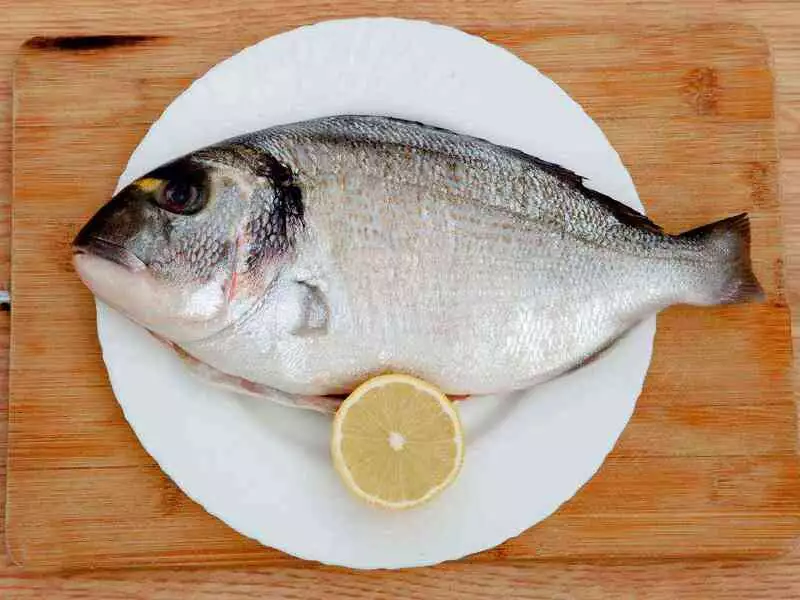Fish is a very important element in the diet of infants and children. They are a rich source of polyunsaturated fatty acids, which are part of the cell membrane of many cells in the young body. By giving fish to your baby, you are strengthening his or her nervous system, immune system and eyesight. Remember to choose fatty marine fish, especially salmon, sprat and halibut. However, certain varieties are contraindicated for young children.
In Poland, a diet rich in fish is not particularly popular. Although trends are changing, we are still not a country where fish occupies an important place in the daily menu. However, it should be remembered that Mediterranean elements in the diet of infants and children are an important element, as they are a source of valuable protein, which contains exogenous amino acids, i.e. those that our body cannot produce on its own.
The second, also very important, component is the so-called "healthy fats", i.e. polyunsaturated fatty acids. These form part of the cell membrane of many cells, such as the retina and cells of the nervous system. Fish also has a beneficial effect on the cardiovascular system and the heart. Many studies also point to the beneficial effects of the components contained in fish on strengthening the immune system. Marine fish are a source of iodine, which is essential for the proper functioning of the thyroid gland. In addition, they are rich in minerals such as iron, magnesium and potassium. By eating a lot of fish, we provide ourselves with plenty of fats. Vitamins (ADEK) are dissolved in them and can only then be absorbed. So by giving your child fish, you are strengthening his or her eyesight, brain, heart and the normal development of the nervous system.
Fish is not only healthy, it also tastes good!
Fatty foods are said to be unhealthy. There is a lot of justification for this, but in the case of fish in particular, oily fish are welcome on a child's plate. It is fish that contains a large amount of polyunsaturated fatty acids. Polyunsaturated acids include eicosapentaenoic acid (EPA) and docosahexaenoic acid (DHTN ). Our body is unable to synthesise them on its own, so they must be supplied to the body with food. The content of these acids varies between fish varieties. For example, recently popular in Poland, panga contains 25mg/100g of eicosapentaenoic acid and docosahexaenoic acid, while salmon contains 2860 mg/100g of the aforementioned acids.
So which fish should you give your child?
- Give your child oily marine fish.
- Fish suitable for children include: salmon, herring, sprat and halibut.
| Fish taste | EPA in 100 g | DHTN in 100 g |
| salmon | 13,6 | 2860 |
| herring | 10,7 | 1290 |
| sprat | 169 | 1000 |
| cod | 0,7 | 180 |
| panga | 1,3 | 25 |

photo: panthermedia
Predatory fish should not be given to children, as toxic compounds, mainly mercury derivatives, cadmium, biphenols and other heavy metals accumulate in them. Species of fish in which dangerous compounds can accumulate include: king mackerel and some varieties of tuna, butterfish, sea bass, barracuda, swordfish. At this point, however, I would like to reassure many mums - remember that the acceptable level of mercury contamination in fish is regulated! Fish that have unacceptable levels of mercury are not allowed on the market, and this is regulated by the relevant European Commission Regulation.









